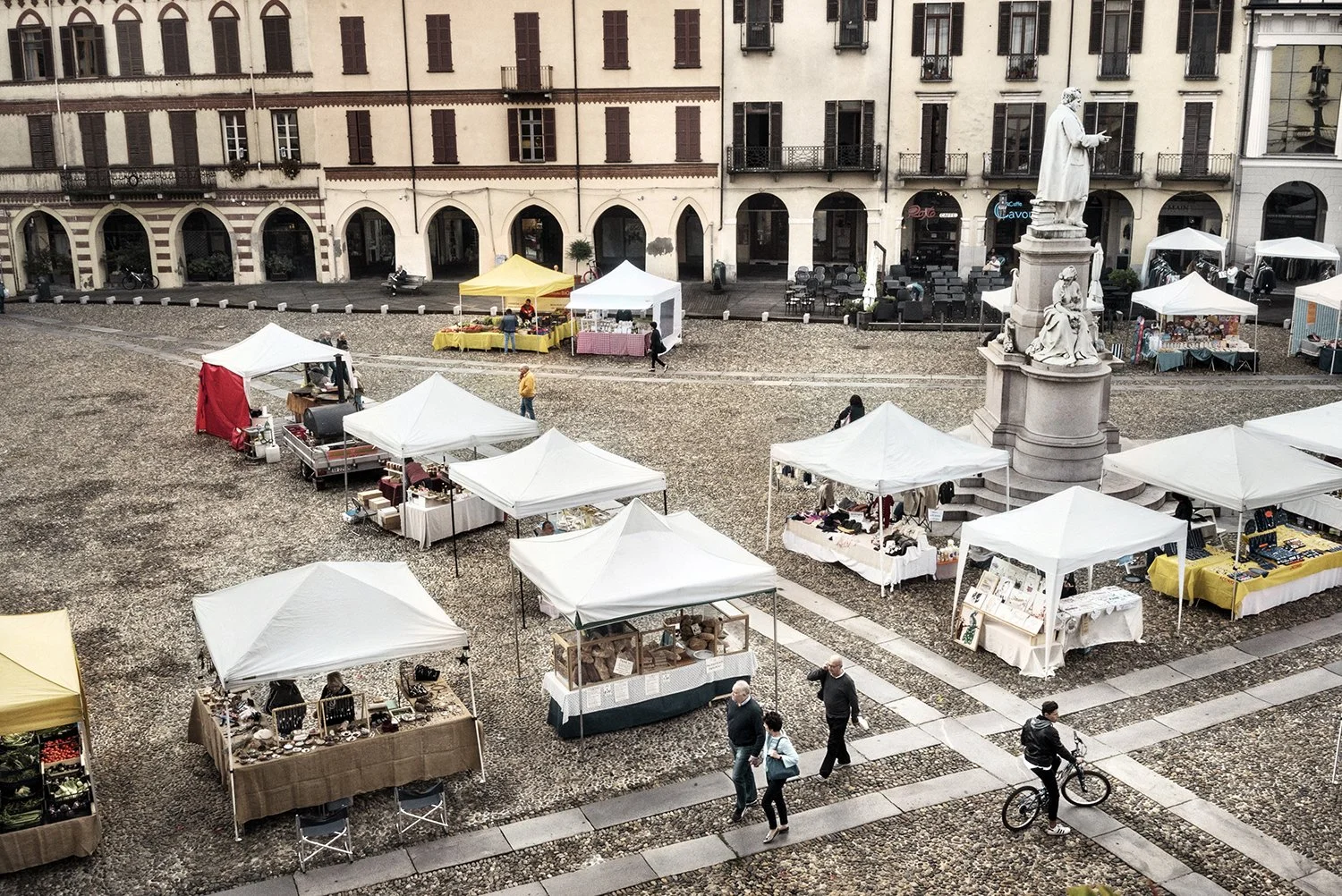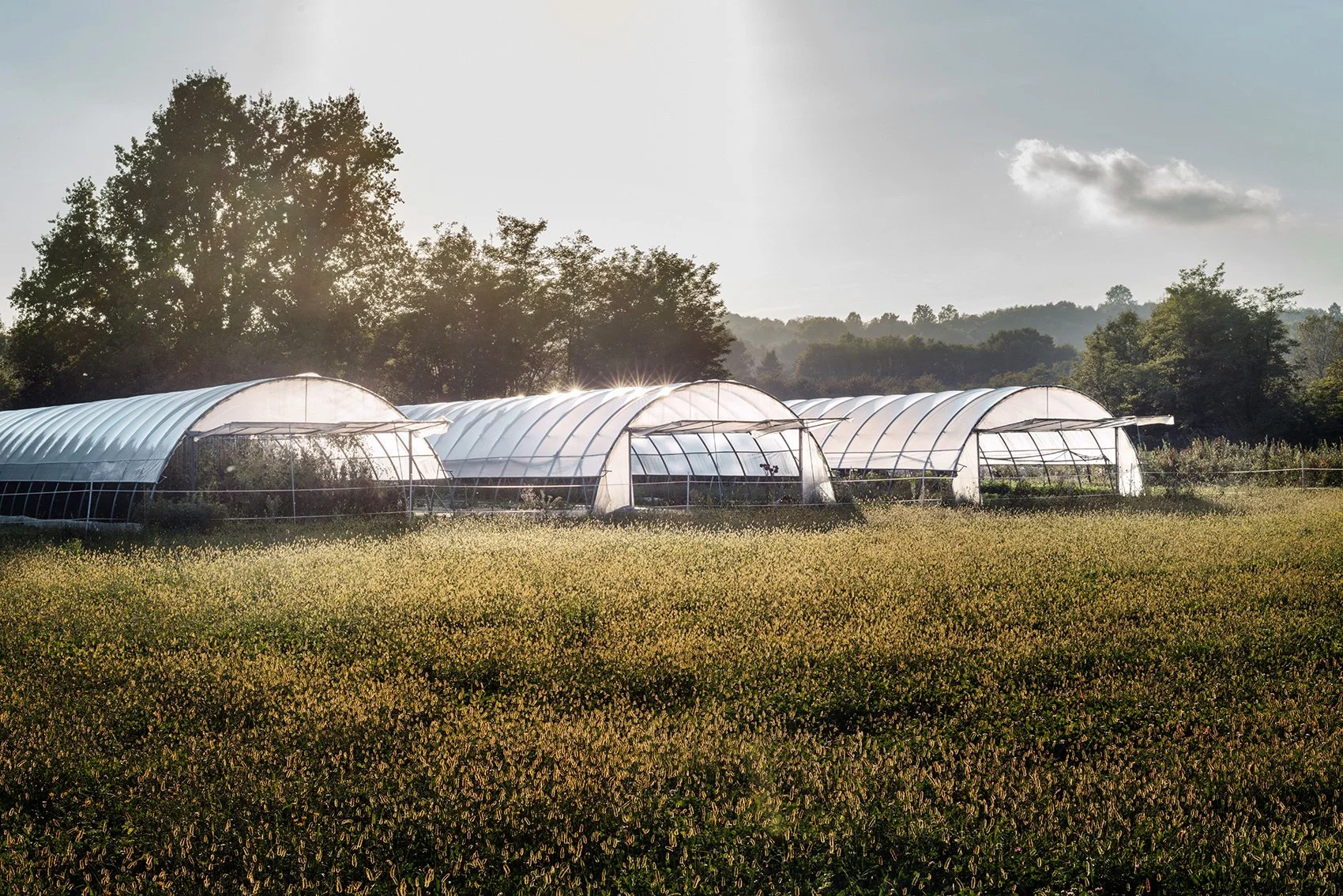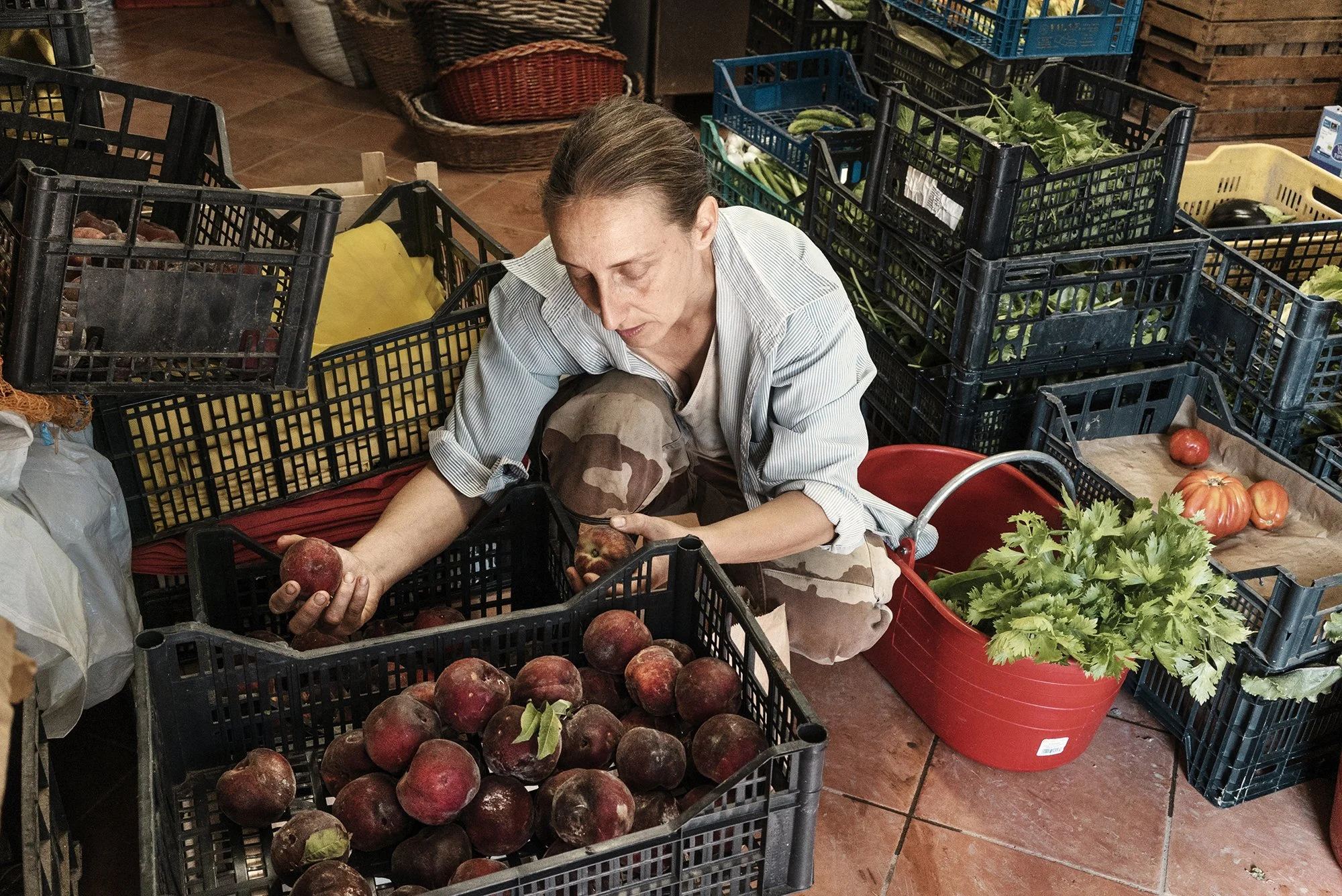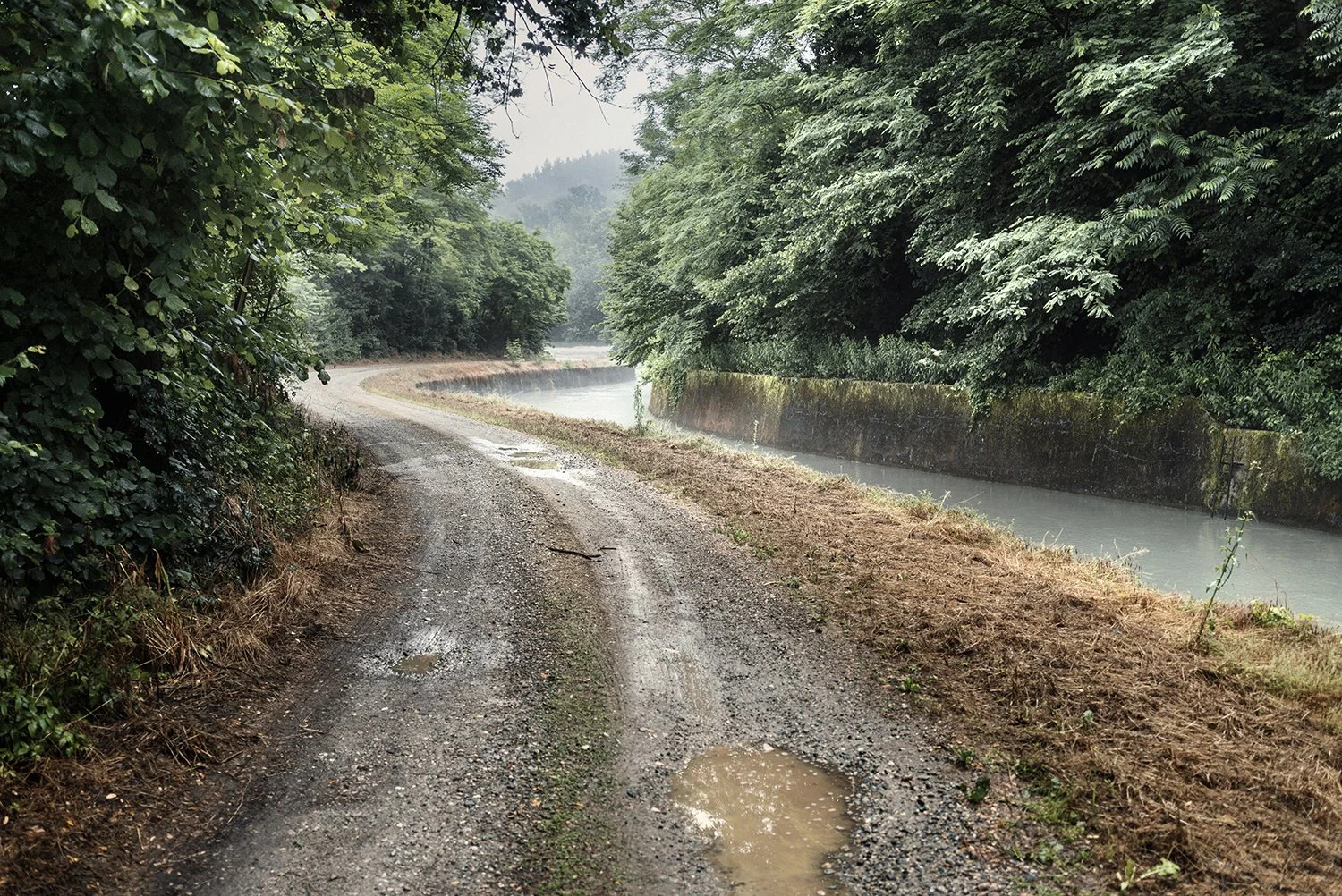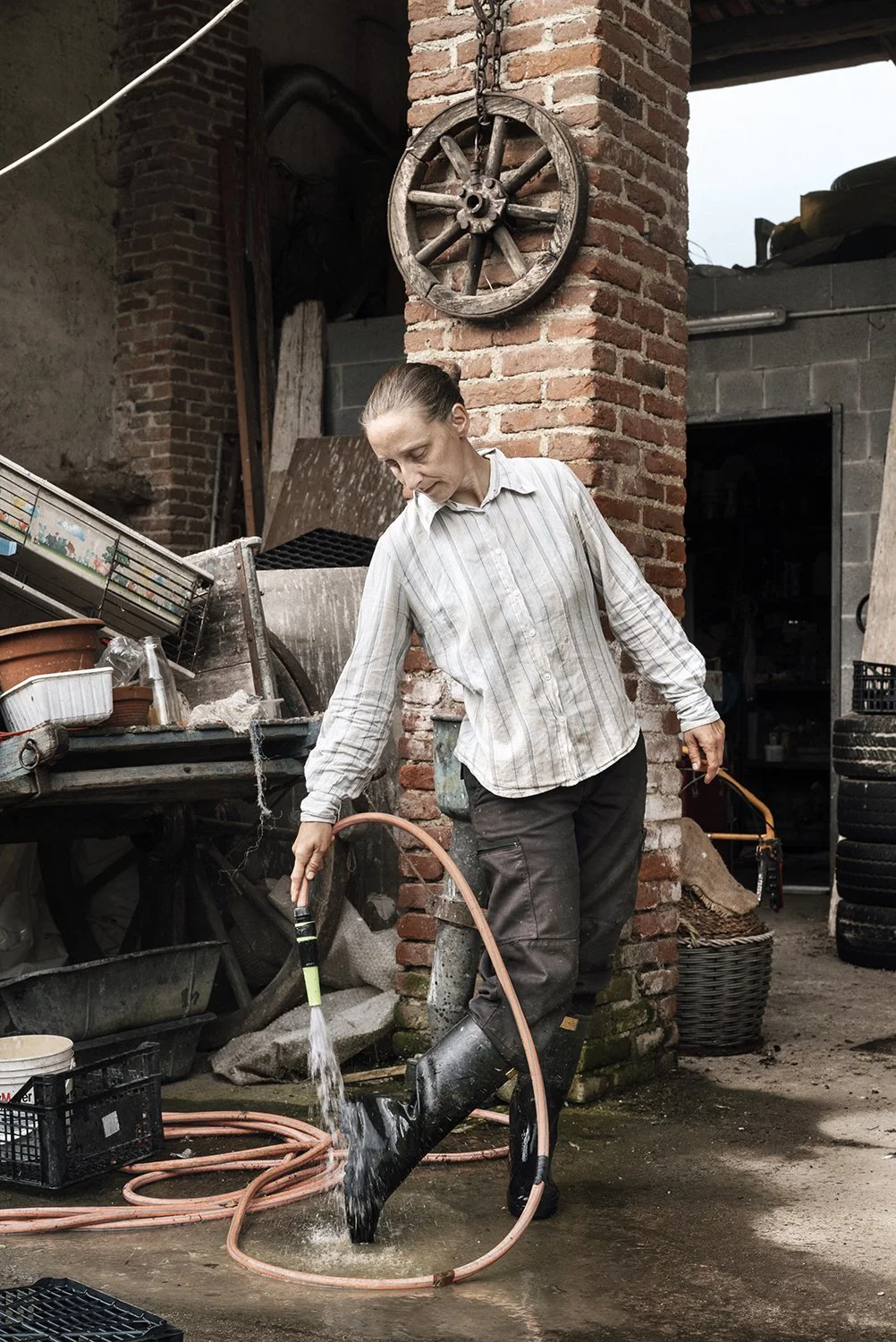Carola
For 14 years, she worked in an architecture firm in the heart of Turin. But the grey walls of that office and the relentless pace of city life gradually began to feel suffocating. Perhaps it was fate that led her to a crossroads at the dawn of the new millennium, when she and her husband decided to purchase a farmhouse in Villareggia, a quiet rural village where she could finally care for her horses.
To reach her little green haven, one must leave behind a bustling stretch of asphalt and follow a long dirt road flanked by a narrow irrigation canal. It’s a path both literal and symbolic—leading away from the noise of urban routine and into the slow, grounding rhythm of the land.
Faced with life’s inevitable hardships, she transformed a lifelong passion into a thriving business, expanding her land to an impressive 16,000 square meters. In her 40s, she rolled up her sleeves and took on more than just the challenges of agriculture—she tackled the intricate world of bureaucracy head-on. Establishing her company meant navigating complex regulations, especially the strict requirements set by European funding programs for agricultural enterprises.
But she persevered. Starting with a small row of organic berries, she gradually diversified her crops—all grown in sync with the seasons, and all strictly organic. With dedication and vision, she expanded her mission into the realm of social agriculture, using nature as a tool for healing and education.
Among her initiatives is a therapeutic farming program that helps individuals affected by eating disorders reconnect with the earth through tactile experience. She also created a teaching farm, where children learn hands-on how to cultivate a garden and discover the importance of healthy, natural food. Because in the planting and nurturing of a single fruit, there lies a powerful metaphor for life itself—a return to the essential bond between humans and nature.
Today, her harvests can be found at local farmers’ markets or ordered online for farm-to-door delivery. Her “office walls” are now the open skies and fields of her farm, shaped not by deadlines, but by the quiet, steady passage of the seasons.
This is more than a story of a woman who left the city behind. It’s a celebration of resilience, sustainability, and the beauty of a life cultivated in harmony with nature—captured through the art of documentary and rural photography.
The Fragile Balance of Modern Agriculture
Family Farming | Industrial Agriculture | Biodiversity Loss | Agribusiness in Italy | Sustainable Farming
Agricultural and livestock data, both in Italy and beyond, paint a complex picture. On one side are traditional farms, often operating as they did in the 19th century—focused on intensive monoculture, run by over-65s with little formal education. Most of these remain family-run, rarely passed down to younger generations.
On the other side are the so-called “4.0 farms”—modern, bio-conscious operations that embrace new technologies while avoiding chemical inputs in both seed selection and cultivation. These are often run by highly educated entrepreneurs in their 40s, deeply in debt but committed to organic principles. Despite their innovation, they all face the same challenges: managing increasingly scarce resources like water, now dubbed “blue gold,” and dealing with pollution and environmental degradation.
Between these two worlds lies a generational void. Few young people are able to start farming ventures today, due in part to bureaucratic barriers and lack of institutional support. This vacuum has left land abandoned—fields, meadows, and vineyards neglected—as urbanization continues to spread. Once vital for family survival, agriculture was steadily abandoned through the 20th century. Much of this land was paved over for industrial warehouses that now often sit empty.
Organizations like Coldiretti warn of the risk of extinction for native plants and livestock breeds. In the last century alone, three out of four fruit varieties have disappeared from Italian tables. This biodiversity loss is part of a larger shift toward dependence on large-scale food distribution networks. Today, major brands control 72% of the food market, and industrial agriculture comes with significant waste, soil exploitation, and ecosystem collapse.
Exploitation of labor is another dark chapter: seasonal workers often receive below-minimum wages, and half of those exploited through illegal labor practices are Italian, not just immigrants.
So, what offers hope?
The only segment showing consistent growth is agritourism, with a modest annual increase of 1.9% (Istat 2016). Yet overall, challenges remain steep.
Italy and Europe: Key Figures
In 2016, Italy’s agricultural sector generated €30 billion, making it the top producer in Europe. But behind the numbers lies a harsh reality: food prices dropped by 3.4%, and Italy saw an 8.3% contraction in agricultural profitability, while countries like Romania grew by over 29%.
According to 2017 Istat data, farm numbers fell by 9.3% since 2010—many smaller farms absorbed into larger, more competitive ones. Land dedicated to grain, vineyards, and orchards has also declined. Meanwhile, external labor use (often illegal) is rising, as family labor decreases. Only 2.5% of farms are self-sufficient, while 83.8% of production comes from specialized businesses.
As Istat concluded: Only the most structured, large, and managerially advanced farms will survive in future markets.

